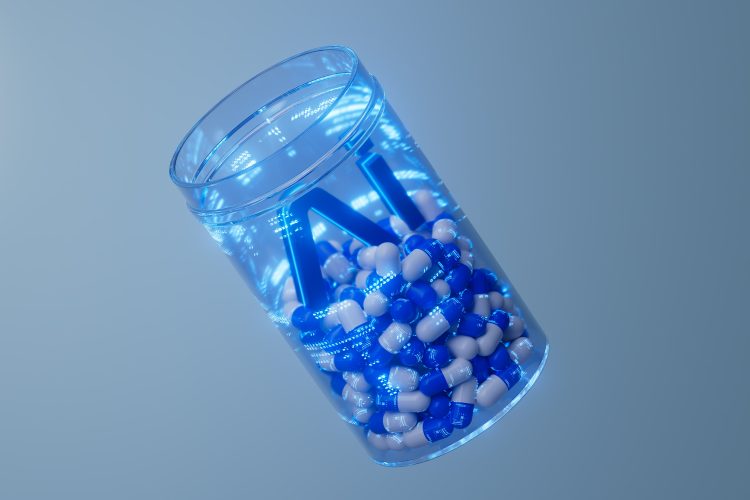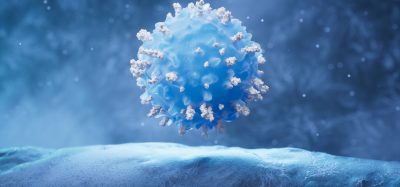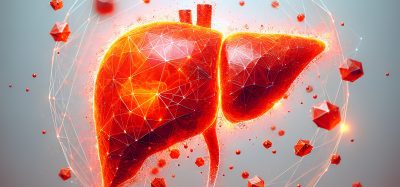How AI and cell data combine to make drug discovery faster
Posted: 27 October 2025 | Drug Target Review | No comments yet
Cellarity has published a new paper in detailing an AI-powered framework that integrates single-cell transcriptomics to make drug discovery faster and more successful.


Cellarity, a biotechnology company pioneering Cell State-Correcting therapies through integrated multi-omics and AI modelling, has announced the publication of a landmark paper in Science. The study details a new framework that integrates advanced transcriptomic datasets with artificial intelligence models to enhance the speed and success of drug discovery.
Mapping disease through cellular states
Cellarity’s research focuses on decoding and correcting the cellular states that underlie complex diseases. Rather than targeting individual genes or proteins, the company designs therapeutics that modulate the intricate network of pathway connections defining a cell’s function and behaviour.
Their discovery platform employs high-dimensional transcriptomics to map these interactions at single-cell resolution, allowing scientists to observe and understand disease mechanisms in-depth. Using generalisable AI models, Cellarity links chemistry directly to disease biology, streamlining the identification of molecules capable of restoring healthy cellular function.
Biomarkers are redefining how precision therapies are discovered, validated and delivered.
This exclusive expert-led report reveals how leading teams are using biomarker science to drive faster insights, cleaner data and more targeted treatments – from discovery to diagnostics.
Inside the report:
- How leading organisations are reshaping strategy with biomarker-led approaches
- Better tools for real-time decision-making – turning complex data into faster insights
- Global standardisation and assay sensitivity – what it takes to scale across networks
Discover how biomarker science is addressing the biggest hurdles in drug discovery, translational research and precision medicine – access your free copy today
Their discovery platform employs high-dimensional transcriptomics to map these interactions at single-cell resolution, allowing scientists to observe and understand disease mechanisms in-depth.
The company’s first therapeutic candidate, CLY-124, is currently in a Phase I clinical trial for the treatment of sickle cell disease.
“We believe a comprehensive view of the cell state will help us create better therapies that can correct the foundational mechanisms of disease. Our state-of-the-art platform enables us to effectively visualise this dynamic and identify novel interventions that are best suited to correct disease states,” said Cellarity’s Chief Data Officer, Parul Doshi. “This publication in the prestigious journal Science describes the evaluations that have informed our platform, underscoring both the rigor and ingenuity to successfully integrate advanced transcriptomics and computational tools to enable efficient discovery of novel therapeutic candidates.”
AI framework boosts compound discovery efficiency
The published framework provides a reproducible and generalisable blueprint for incorporating machine learning into drug discovery pipelines. By combining active, lab-in-the-loop deep learning with high-throughput transcriptomics, the system continually refines predictions based on experimental outcomes. This process demonstrated a 13- to 17-fold improvement in recovering phenotypically active compounds compared to traditional screening methods.
The published framework provides a reproducible and generalisable blueprint for incorporating machine learning into drug discovery pipelines.
“The drug discovery process has struggled to improve its success rates in recent decades,” said Dr Jim Collins, Termeer Professor of Medical Engineering & Science at MIT, co-founder of Cellarity, and co-author of the publication. “This is in part due to a conventional focus on single targets, whereas diseases are generally driven by more complex interplay than just a single gene mutation. By analysing not only the phenotypic connections fuelling disease pathophysiology as well as the polypharmacology considerations of early candidates, this deep learning platform offers strong potential to accelerate the pace of discovery and introduce effective new oral therapeutics for complex diseases.”
Open data for community collaboration
To create transparency and accelerate innovation, Cellarity are also releasing a suite of single-cell datasets in conjunction with the Science publication. These include:
- A perturbational transcriptomic dataset with more than 1,700 samples and 1.26 million single cells, enabling cross-cell-type drug response mapping and benchmarking of AI prediction methods.
- A single-cell multi-omic hematopoiesis atlas, combining transcriptomics, surface receptors, and chromatin accessibility data to generate fine-grained signatures of megakaryopoiesis and erythropoiesis.
- A megakaryocyte differentiation dataset, capturing the timeline of cellular maturation under chemical perturbation to support model benchmarking and training.
The company are hoping that these open resources can aide community engagement and inspire new computational and biological insights across the biopharma industry.
Related topics
Artificial Intelligence, Bioinformatics, Computational techniques, Disease Research, Drug Discovery, Drug Discovery Processes, Genomics, Machine learning, Next-Generation Sequencing (NGS), Translational Science
Related organisations
Cellarity








